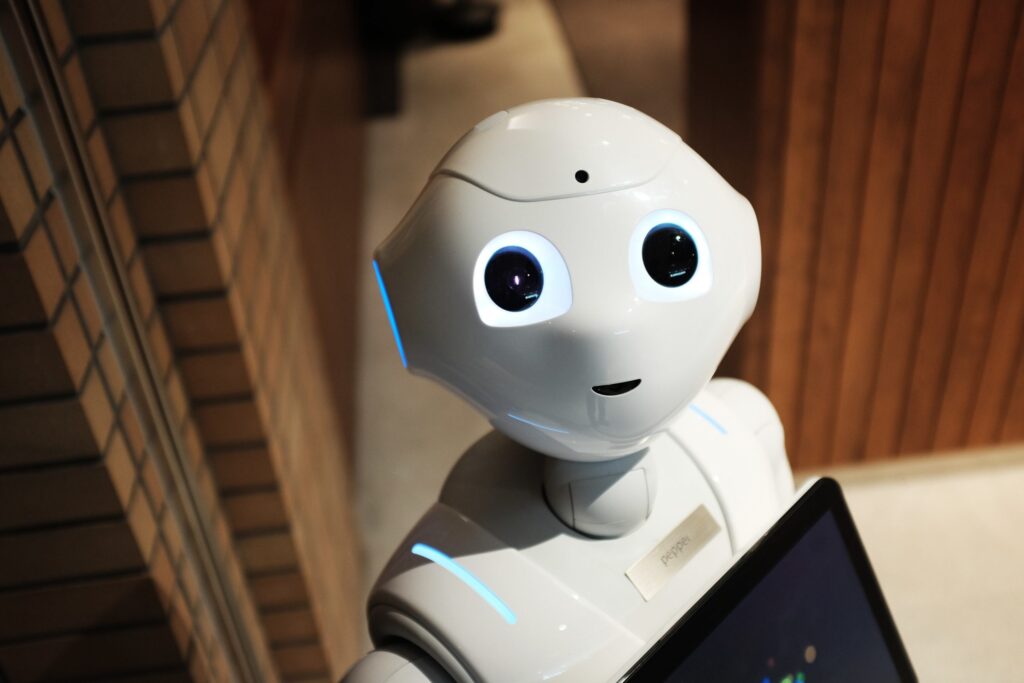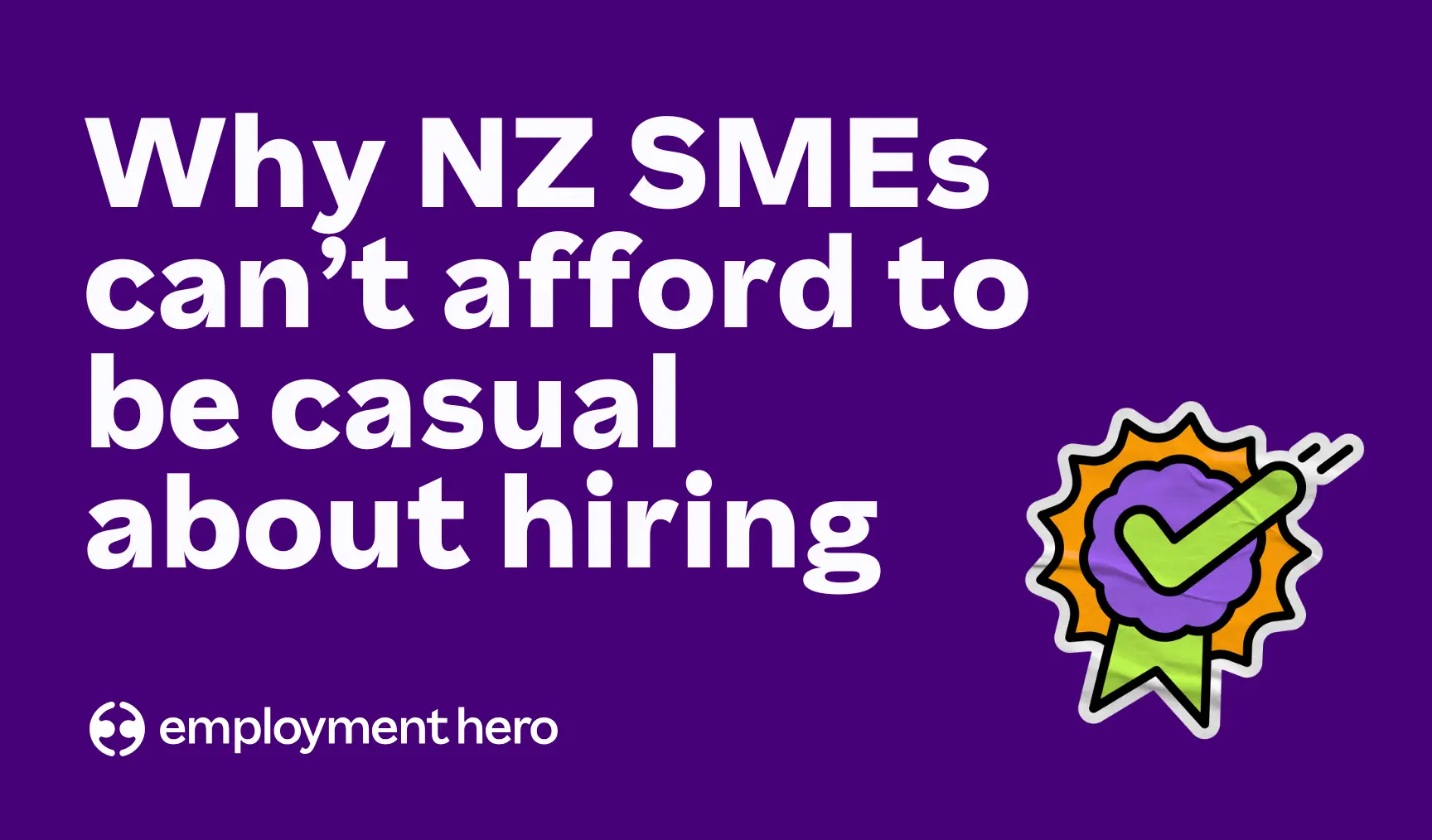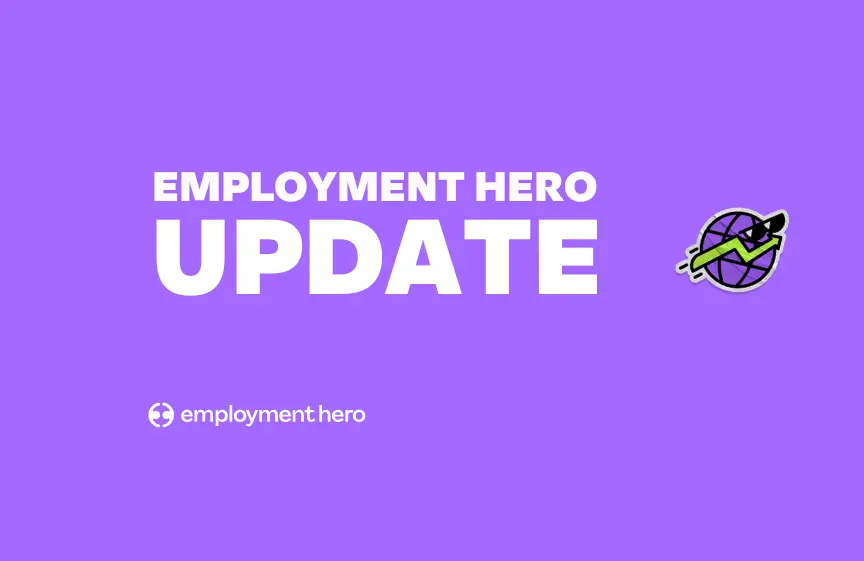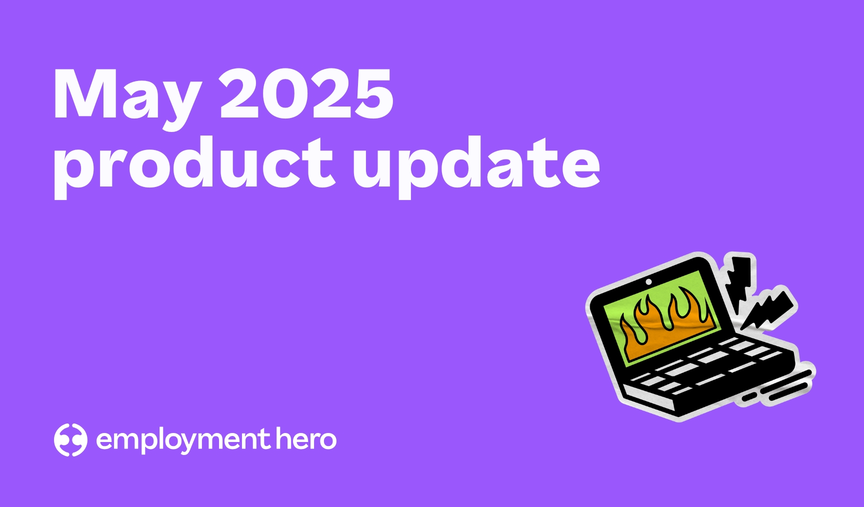Reporting to a robot: Will AI have a place in leadership in the future?
Artificial intelligence is becoming more prevalent in our daily lives than ever before. How will it transform business leadership and decision making?

From robot baristas to robot waiters, robot bartenders and even security robots, artificial intelligence (AI) is becoming more prevalent in our daily lives than ever before.
Businesses have turned to robots for automating manual processes and coping with manpower shortages because it drives efficiency and productivity. Not to mention the whole host of advantages that come with using robots — they never get sick, tired, or complain. Plus, they are able to work long hours with just a few hours of ‘sleep’ (charging)!
Unlike humans who are prone to sickness, burnout, and need to take leave every once in a while to recharge, robots are ready to hit the ground running 365 days a year. The pros of having robots in the workplace seem to far outweigh the cons, with fears that it will even eliminate jobs.
This begs the question — what is the future for artificial intelligence within our teams? And how will it transform business leadership and decision making? To explore these questions further, consider learning servant leadership, which emphasizes prioritizing the team needs over you.
Artificial intelligence is closer than you think

Artificial intelligence already plays a huge role in the modern workplace — and its importance is only expected to continue growing as businesses become more reliant on AI solutions to solve problems. Tech giants from Apple to Alibaba and Amazon are already racing to become world leaders in artificial intelligence.
According to an Infosys report on Leadership in the Age of AI, industries are already transforming due to AI technologies;
- 90% of C-level executives reported measurable benefits from deploying AI technologies within their organisation
- 73% of respondents agreed or strongly agreed that AI has already transformed the way they do business
- 45% of respondents said the AI deployments in their organisation are greatly outpacing the accuracy and productivity of comparable human activity
- 53% of respondents indicated that their organisation has increased training in the job functions most affected by AI deployments
These findings clearly demonstrate that the AI revolution is already here — from experimentation to implementation and measurement of outcomes, forward-thinking businesses have already incorporated AI technologies and services to varying degrees.For further insights, our SuperHuman report provides a comprehensive overview into how AI is impacting HR.
The rise of machine learning as business leaders explore big data analytics Firstly, what is big data analytics?
Firstly, what is big data analytics?
Big data refers to a massive amount of data that cannot be stored, processed, or analysed using traditional computing systems. An example? Smartphones are one of the biggest data sources, generating millions of data in the form of texts, calls, emails, photos, videos, searches, and more.
Big data analytics thus refers to the process of extracting meaningful insights from big data — such as market trends, hidden patterns and customer preferences. These insights can then be used for better decision-making, designing and optimising of products and services, preventing fraudulent activities, and more.
Machine learning accelerates big data analytics
This is where machine learning comes in. It helps to accelerate the process with decision-making algorithms that categorise the data, recognise patterns, and translate it into insights for business operations. The more data a machine learning system receives, the better it functions for businesses with more accurate and insightful outcomes!
Some of the ways machine learning helps in big data analytics include:
- Carrying out market research and segmentation
- Exploring customer behaviour
- Personalising content recommendations
- Predicting trends
- Facilitating decision-making
- Decoding patterns
The most prevalent use of AI technologies in enterprises is seen in machine learning — businesses are implementing machine learning to enhance their strategies and use data optimally to achieve strategic goals.

A key example would be Netflix, and how they’ve used AI to drive personalisation. Did you know that hundreds of millions of personalised images for shows are continuously being tested among its subscriber base? Machine learning plays a critical role in the creation of artworks — a computer vision algorithm scans the shows and picks the best images to be tested.
How does artificial intelligence affect leadership in the workplace?
Leadership is one of the in-demand skills for the future of work. With AI permeating more organisations, the nature of leadership is constantly evolving.
Leader-driven decision making to data-driven decision making
With the use of AI, decision-making processes are streamlined. Leaders need not focus on processing facts and information cognitively — algorithms can do that more efficiently.
This however, abandons the traditional top-down approach of decision making according to hierarchy. Employees at all levels will need to rely on the algorithm’s recommendations and findings, evaluate it with their judgement and intuition, before being empowered to make decisions.
If the organisation truly wants to capitalise on the efficiencies of AI, then being hampered by red tape and going through multiple levels of approvals is not going to prove advantageous at all.
Risk-averse to forward-thinking
Leadership is all about having a future-forward mindset in order to bring the organisation to greater heights, and artificial intelligence is proving that leaders can no longer be rigid and risk-averse if they want their businesses to survive. Incorporating new AI applications into processes will not be a smooth experience at all, but leaders need to have a test-and-learn mentality.
By reframing ‘failures’ as learning experiences and new discoveries, analysing where it went wrong and improving on the next iteration, leaders will be able to guide data analytics teams to develop the product and capabilities they need. Leadership today needs to be agile, experimental and adaptable — ride the wave or businesses will be left behind.
As AI technologies evolve, so too must the roles and responsibilities of HR in helping managers succeed. For more details on how HR can assist in this transformation, you can read: How can HR help managers succeed in their role?.
Further training is needed
Leaders have to understand and stay updated on AI technologies in order to champion change and ensure organisational success, bridging the gap between old and new business realities.
Employees will also be reliant on leaders to understand why AI is important to the business, and be reassured that AI will not diminish or eliminate their roles. There is thus a need for leaders to be trained and knowledgeable on the topic of AI and its uses.
This is echoed in a report by Infosys, where 75% of IT decision makers felt that the executive team in their organisation would benefit from formal training on the implications of AI technologies. Likewise, 47% of C-level executives also called out leadership training on AI as a top priority.
Will AI ever replace humans in leadership roles?

The answer at the moment is no.
Human intelligence and artificial intelligence both bring different strengths to the table. Machines are indeed more precise and faster in doing repetitive tasks, but when it comes to more complex tasks with constantly changing conditions, or requiring emotional intelligence, robots can’t outperform humans.
Traits such as creativity, care, humility, character, vision, emotional maturity, and adaptability are all innately human and vital to leadership roles — which cannot be imitated by robots.
Redefine, not replace
In a five year study done by the Harvard Business Review on five leading companies: Google, Haier, Apple, Zappos, and Siemens — they’ve found that the reason they are thriving isn’t because they are the most technologically-driven companies in the world, but rather, because of organisational transformation.
These new, successful business models are all about bringing machines and humans together to complement and bring out the best in each other. AI adoption isn’t a zero sum game, it’s about using it as an effective tool to further business goals.
If anything, artificial intelligence actually helps to shape better leaders, not replace them. AI is powered by machine learning, and that means leaders have more data at their fingertips than ever before, enabling them to make smarter and more informed decisions. Understand the broader impact of these technological shifts,with our article about the major trends in HR technology.
This idea is bolstered by a Work 2035 study, which concluded that robots will not replace humans, but rather, make us smarter and more efficient. 77% of respondents believe that in fifteen years, artificial intelligence (AI) will significantly speed up the decision-making process and make workers more productive. It also found that new jobs and roles will be created to support a technology-driven workplace and the changing relationship between humans and machines — leading to new types of leadership which need to be defined.
A greater emphasis on soft over hard skills

An AI@Work study found that almost two-thirds of workers said they would trust orders from a robot over their manager, and in fact, half have already turned to a robot instead of their manager for advice. It also found that employees believe robots are better than their managers at providing unbiased information, maintaining work schedules, problem-solving and budget management, while managers are better at empathy, coaching and creating a work culture.
There is a growing shift towards soft skills over hard skills in leadership roles, as leaders have to grapple with reinvented responsibilities that evolve with technological advancements. With AI helping to automate mundane tasks and reduce decision fatigue, leaders no longer have to struggle with endless to-do lists.
Those savings can now be used to prioritise important projects and focus on key objectives — like enhancing employee engagement and boosting productivity, products and profits. To explore the future landscape of HR automation, it’s helpful to review the insights provided in: What is the future of HR automation?
The human brain vs artificial intelligence: Our takeaway
Ultimately, leaders are important in businesses. Human leadership cannot be replaced, because each individual possesses unique personalities and characteristics that make them special and vital to an organisation. We may see robots around in the workplace, but they sure won’t make C-level or senior executives disappear just yet!
Roles of leaders are constantly changing in this fast paced, complex business environment, and the future of work requires a leader that’s quick to adapt and embrace uncertainty. Discover resources to lead more effectively, or incorporate an end-to-end HR solution for effective leadership in your organisation today.
Apply artificial intelligence to your business with people analytics
People analytics is important in an organisation too — when you understand your workforce and what they want, you’re able to keep happiness high and make better strategic decisions with data.
More businesses are beginning to see the value of AI in supporting workforce management, recognising the big advantages of moving from a manual HR system to a Human Resource Information System (HRIS). Digital HR is here, and its capabilities keep getting stronger, bringing big wins with HR automation. It helps with pesky administrative tasks, business continuity, talent management, and generating everything from asset and compliance reporting to performance and workforce reporting.
Related Resources
-
 Read more: Still Coasting? Why NZ SMEs Can’t Afford to Be Casual About Hiring
Read more: Still Coasting? Why NZ SMEs Can’t Afford to Be Casual About HiringStill Coasting? Why NZ SMEs Can’t Afford to Be Casual About Hiring
The casual approach to hiring is costing you – find out how to snap out of it.
-
 Read more: SEEK Cut the Cord. Here’s What We’re Doing About It.
Read more: SEEK Cut the Cord. Here’s What We’re Doing About It.SEEK Cut the Cord. Here’s What We’re Doing About It.
Seek is ending Employment Hero’s API access. Read about what we’re doing and how we are building a faster and…
-
 Read more: Product Update: May 2025
Read more: Product Update: May 2025Product Update: May 2025
Follow our May 2025 product update as we share all of the latest and greatest features we’ve released over the…












